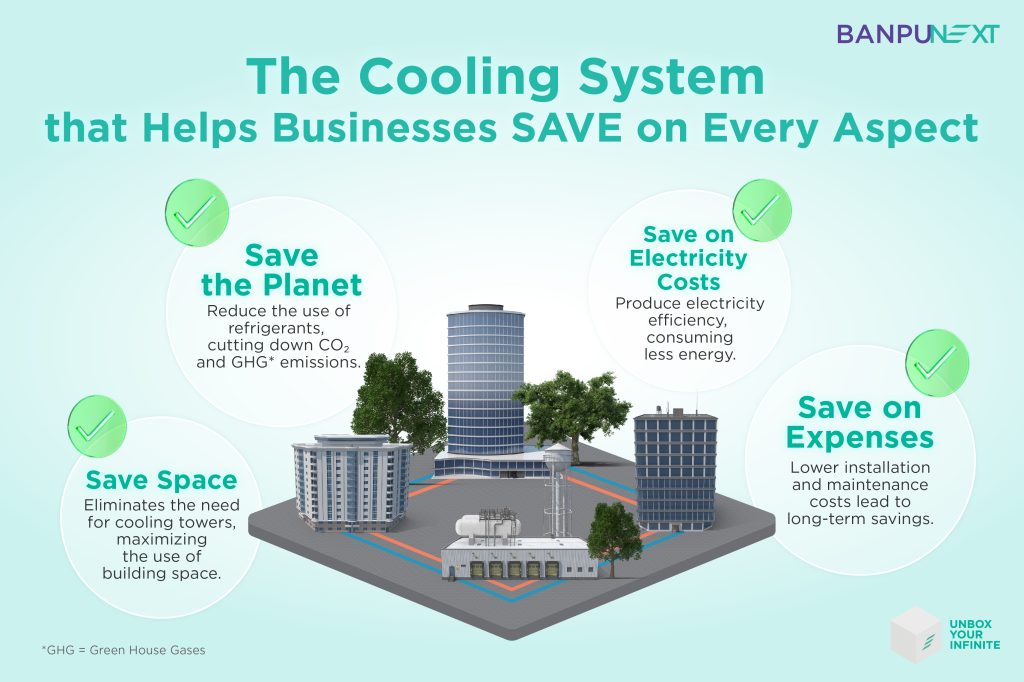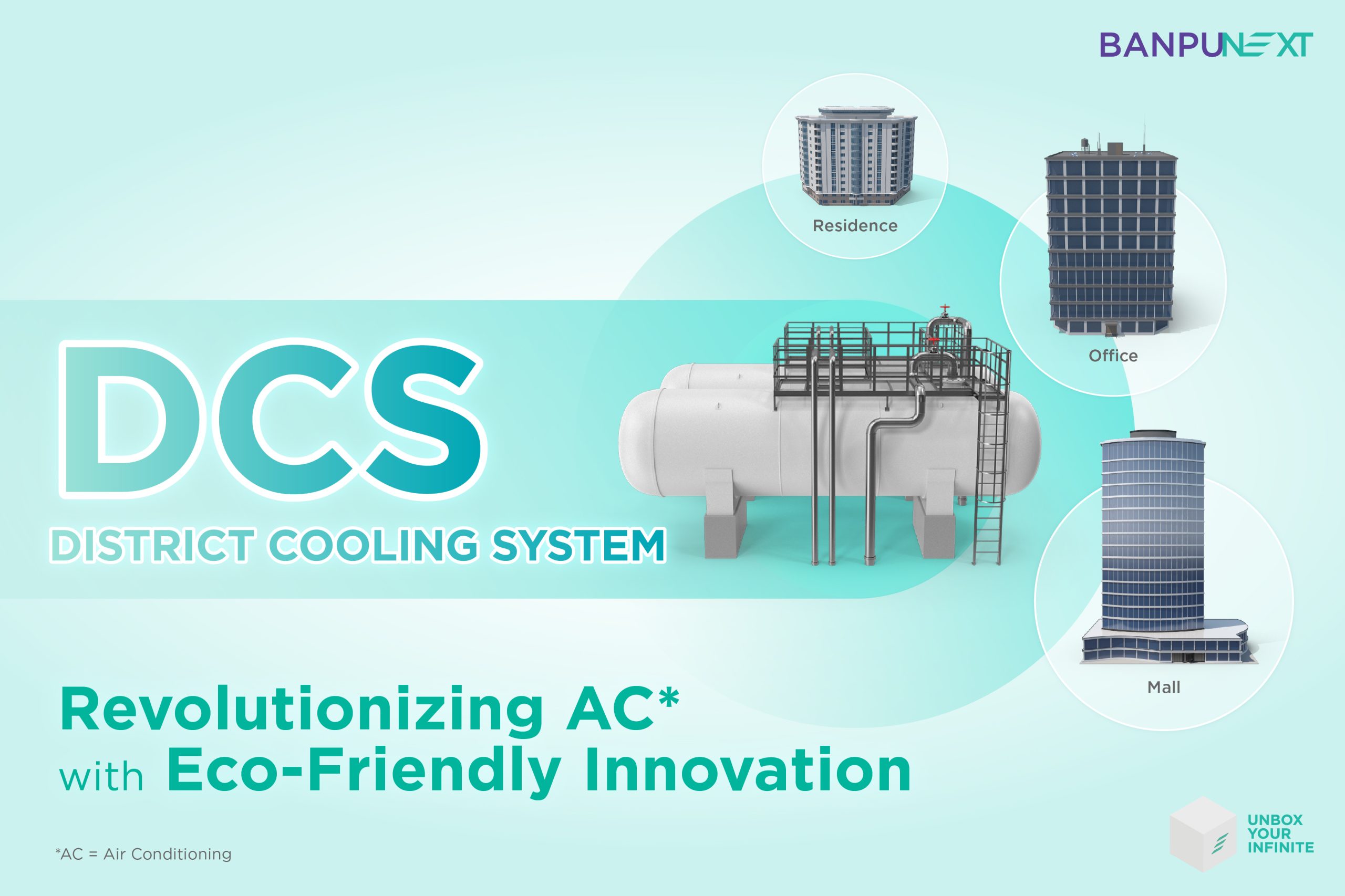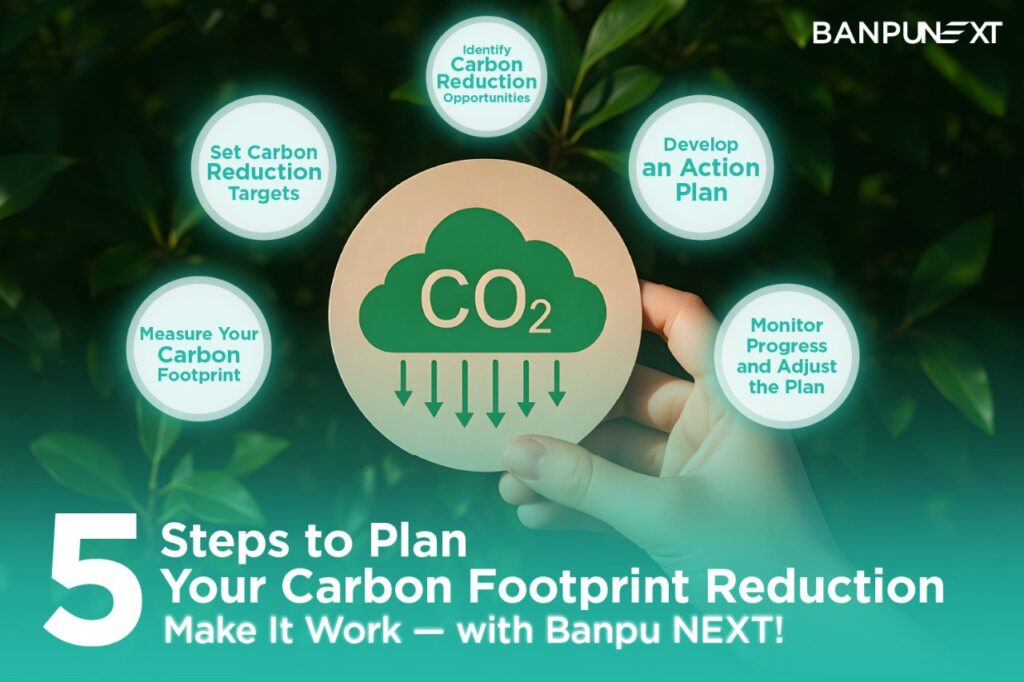According to the latest data from the World Meteorological Organization (WMO), 2023 has been recorded as the hottest year, with an average temperature increase of approximately 1.4°C. This trend is expected to continue, alongside the rising demand for air conditioning. The International Energy Agency (IEA) projects that the number of air conditioning units could reach 4.5 billion by 2050.
When We Cool Down, Our Planet Heats Up

As temperatures rise, the demand for air conditioning increases. Higher usage leads to greater energy consumption and greenhouse gas emissions, further warming the planet and creating a cycle of global warming driven by cooling systems.
According to IEA statistics, air conditioning accounts for up to 20% of electricity use in a building. In 2022, air conditioning released about 1 billion tons of carbon, not including the greenhouse gases from refrigerants like Hydrofluorocarbons (HFCs). HFCs are potent greenhouse gases with a heat-trapping effect thousands of times greater than carbon dioxide, significantly contributing to current global warming.
Businesses are major contributors to high air conditioning usage, driving both energy consumption and greenhouse gas emissions. Therefore, businesses must seek cooling solution that offer long-term environmental benefits.
District Cooling System: The Eco-Friendly Cooling Solution

A district cooling system is a centralized cooling solution that functions as an energy management system (EMS) with environmental benefits. By consolidating cooling generation at a single location, it achieves greater energy efficiency and uses eco-friendly refrigerants. This solution makes it a sustainable choice for businesses aiming to achieve their Net Zero goals.
How the District Cooling System Works
The District Cooling System operates through the following process:
- The central cooling plant generates chilled water at temperatures around 4-7°C.
- This chilled water is delivered to energy transfer stations in buildings via underground pipes.
- The energy transfer stations distribute the cold energy to the building’s air conditioning systems, raising the water temperature to 12-14°C.
- The warmed water is then returned to the central cooling plant to be re-chilled.
The Cooling Solution for Business

The District Cooling System is suitable for businesses with multiple buildings in the same area and those with a consistent need for cooling throughout the day, such as large commercial buildings, factories, hospitals, or mixed-use buildings that include offices, shopping centers, and residences in the same area. Transitioning to a District Cooling System offers numerous benefits for businesses:
1.Environmentally Friendly
The District Cooling System reduces the use of refrigerants that harm the environment, thereby significantly lowering carbon emissions and greenhouse gases compared to traditional cooling systems.
2. Efficient Energy Production
By centralizing the cooling production, the District Cooling System minimizes electricity usage and increases the efficiency of energy generation.
3. Space-Saving Within Buildings
Unlike AC units, the District Cooling System eliminates the need for cooling towers within the building, freeing up valuable space for other uses.
4. Cost-Effective Operations
With more efficient energy production, the District Cooling System reduces energy costs. Additionally, it has lower installation and maintenance costs than traditional cooling systems, resulting in long-term savings for businesses.
For small businesses or single buildings needing a cooling system, a Chiller is an ideal option. It offers cost-effectiveness and maximum cooling efficiency, meeting all business needs. Most importantly, Banpu NEXT utilizes environmentally friendly Hydrofluoroolefin (HFOs) refrigerants, helping businesses achieve Net Zero sustainably.
Banpu NEXT provides total smart energy solutions to enhance business efficiency and manage building energy usage effectively. Banpu NEXT EcoServe, a subsidiary of Banpu NEXT, offers end to end energy management solutions, including energy usage monitoring, feasibility studies, equipment procurement, installation, and upgrading central cooling systems. Presently, we cater to over 25 Thai businesses, encompassing mixed-use buildings, shopping malls, hotels, hospitals, and factories, with a total cooling capacity exceeding 22,600 tons of refrigeration*.
*Data as of Q2 2024.
Reference
- https://wmo.int/news/media-centre/climate-change-indicators-reached-record-levels-2023-wmo
- https://www.lemonde.fr/en/environment/article/2023/08/22/the-paradox-of-air-conditioning-a-life-saver-that-aggravates-global-warming_6102678_114.html#
- https://jacobsheating.com/blog/air-conditioning-climate-change
- https://ourworldindata.org/air-conditioning-causes-around-greenhouse-gas-emissions-will-change-future
- https://becommon.co/world/airconditioner-climatechange/
- https://www.unep.org/news-and-stories/story/air-conditioners-fuel-climate-crisis-can-nature-help
- https://sangchaigroup.com/what-is-district-cooling-or-centralized-energy-systems-and-how-can-an-alfa-laval-plate-heat-exchanger-save-energy/







